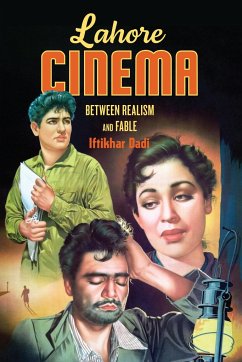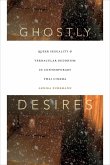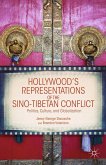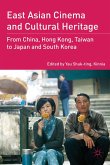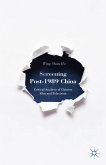"The post-Partition cinema produced between 1956 and 1969-the long '60s-in Lahore, Pakistan, drew promiscuously from Hindu mythology, Bengali performance traditions, Islamicate legends, Sufi conceptions of the self, Punjabi and Sindhi oral narratives, Parsi theater, Urdu lyric poetry, historical and social realism, Hollywood musicals, the psychological and sensorial stimulus of modernity, and more. Consideration of this rich field of influence offers insights into not only the decade that led to the overthrow of the Ayub Khan government, followed in 1971 by the loss of Bangladesh, but also into cultural affiliation in the fraught South Asian present, when frameworks of multiplicity and plurality are in jeopardy. Urdu-language films from Lahore made during this period reveal ways that cinematic form and narrative intersect with cultural memory and with the challenges of their time, characterized by trauma in the aftermath of Partition in 1947, a constricted socio-political horizon, and accelerating modernity. In Lahore Cinema Iftikhar Dadi probes the role of language, rhetoric, and lyric in the making of meaning, and the relevance of the Urdu cultural universe to the genesis of Bombay filmmaking. He argues that commercial cinema in South Asia is among the most powerful vectors of social and aesthetic modernization. It has provided affective and imaginative resources for its audiences to navigate an accelerating modernity and a fraught politics by anchoring social change across the terrain of deeper cultural imaginaries. And it has played an influential progressive role during the mid-twentieth century, by constituting publics beyond existing social divides, in forging a shared and expanded experience of modernity that extends beyond regional, ethnic, and sectarian affiliations, and in affectively challenging the selective amnesia of nation-state ideologies"--

